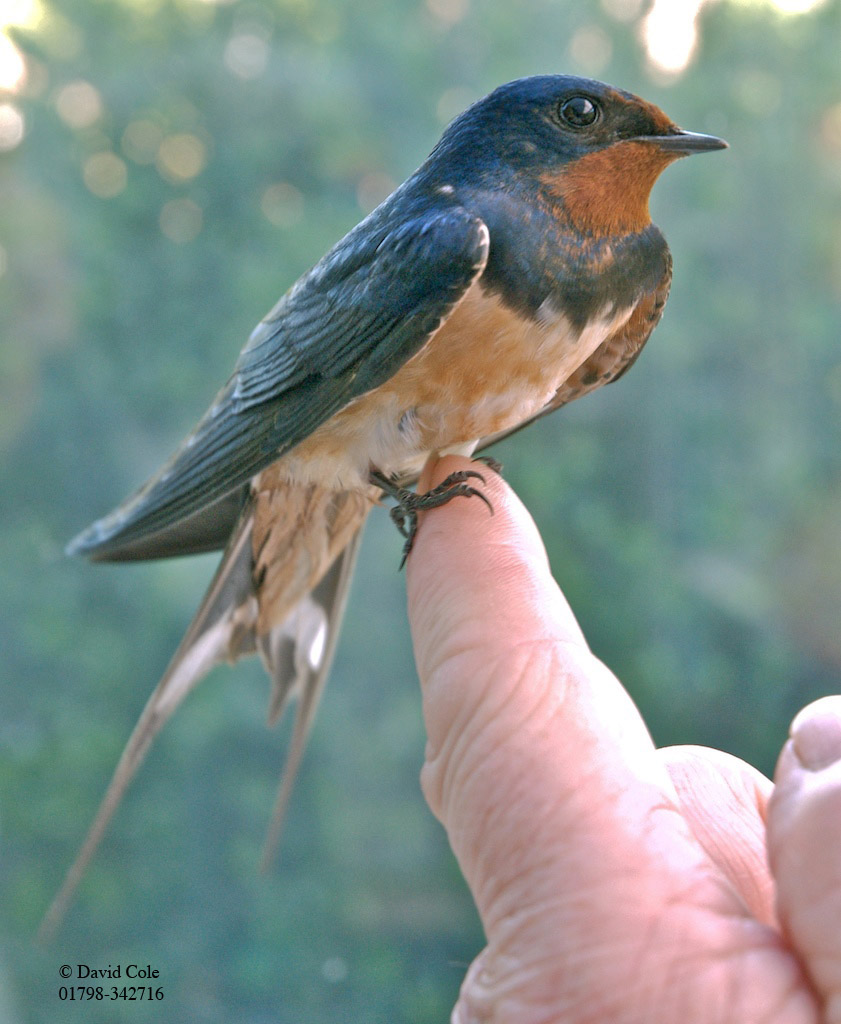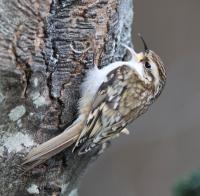- Home
- FAQs
- Customer Video Gallery
- Customer Photo Gallery
- Bird Facts
- Bird Food Blog
- Bird Information
- Feeding Advice
- Small Animal Information
- A to Z of Guinea Pigs
- A to Z of Hamsters
- A to Z of Rabbits
- Basic Care for Guinea Pigs
- Basic Care for Hamsters
- Basic Care for Rabbits
- Basic care for Chinchillas
- Basic care for Ferrets
- Basic care for Gerbils
- Basic care for Mice
- Basic care for Rats
- Buying a Healthy Small Animal
- Does your Reptile need a Licence
- Equipment for Ferrets
- Equipment for Hamsters
- Equipment for Mice
- Equipment for your Chinchilla
- Equipment for your Gerbil
- Equipment for your Guinea Pig
- Equipment for your Rabbit
- Keeping a House Rabbit
- Dog Information
- Cat Information
- Customer Information
- Fat Balls
- Suet Pellets
- Straights
- Seed Mixes
- Suet Treats
- Mealworms
- Bird Feeders
- My Account
Bird Watching near Petworth in West Sussex By David Cole
Date: 2013-05-17 10:19:06 | Category: Bird Watching | Author: David Cole
Just a few days ago we were lamenting the absence of Spring then the day before yesterday brought a bit of hope - we saw our first Swallow! They come every year - making the long migratory journey to the south at the end of our summer and returning as an indication that they - at least - think that the weather is about to change.

Technically they are Hirundo Rustica familiarly known as Barn Swallows because of their habit of nesting in quiet farm buildings - we have a few sites in a derelict wooden building in our paddock which was once used for rearing pheasants.? They feed on the wing, taking insects in flight and love a stretch of open water to perform their aerial acrobatics over.
Last year we found one on the path beside a greenhouse - it had obviously hit the glass whilst its mind was on food!? From time to time we find casualties around the house and garden and the quick well-proven routine is to collect them up and put them into a box with some old cloth in the bottom - this then goes into the airing cupboard and is checked after an hour or so - sometimes we are rewarded with a perky recovered victim - and sometimes not.
The warmth seems to help because the bodies are often tiny and they lose heat quickly - dying from hyperthermia - rather than the original crash. The darkness of the box seems to help with shock.
Last year's victim gave us unprecedented close-ups of this strange but much loved little bird - it made a full recovery and was released.
Many people cut down on their bird support at this time of the year - easing back on the feeding - but this is when you really need to offer a helping hand to parents with broods to feed - they won't feed the seed to their young, but they need the sustenance themselves after producing supplies of wriggling food for their young.
Our defense against Sparrow Hawks is to hand our bird feeders inside a branch of old cut ivy - leaves gone there are plenty of places to queue up for a place on the feeder in the safety of a mesh of branches which make the dive of the Sparrow Hawk that much more difficult.
There are five active nests in the garden, but I keep well clear with my camera not wanting the birds to desert the nests in the early stages.




